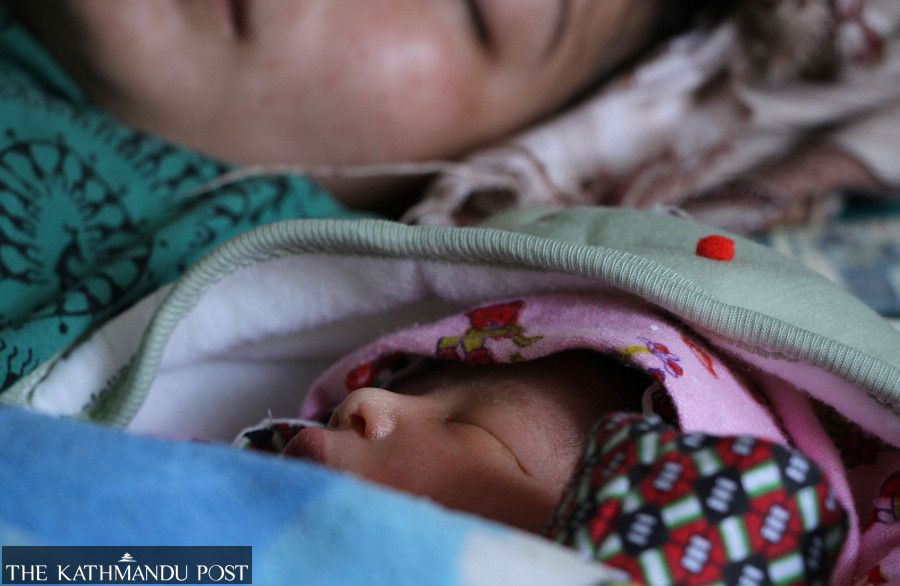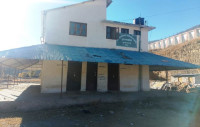Karnali Province
Infant, maternal deaths still high in Salyan
Forgoing regular tests during pregnancy and delays in hospitalising pregnant women contribute to mortality.
Biplob Maharjan
Sita Budha Magar, who has been pregnant for seven months, was recently rushed to the district hospital in Salyan following a sudden increase in blood pressure.
A resident of Sharada Municipality-12, Magar, 32, went into labour while being treated for high blood pressure the day following her hospitalisation. The medical team at the hospital, led by Dr Abhishek Singh, carried out an emergency caesarean section surgery. Magar had a stillbirth.
In January, a 19-year-old pregnant girl died at the district hospital. She was brought to the hospital by her family four days after she went into labour. The health of the teenager, who fell unconscious at home, had been critical when she was brought to the facility. She underwent surgery but neither the mother nor the baby survived.
Maternal deaths have assumed alarming proportions in Salyan, a hill district in Karnali Province. As many as 121 stillbirths and 43 infant deaths were reported in Salyan in the past three years, according to the District Health Office.
The government runs birthing centres in 45 health institutions across the 10 local units in the district. However, the infant and maternal mortality rates are still high in Salyan, a hill district of Karnali Province.
According to data available at the District Health Office, 10 infants died in the fiscal year 2021-22, 15 in 2020-21 and 18 in the fiscal year of 2019-20 in the district. Similarly, the number of stillbirths was recorded at 34, 59 and 27 in the fiscal years of 2021-22, 2020-21 and 2019-20, respectively.
Thalaraj DC, information officer at the District Health Office, said the infant and maternal mortality rates in the district are alarming and despite efforts from various quarters, there are still challenges to overcome in curbing pregnancy-related deaths.
He said the lack of regular tests during pregnancy and delays in taking pregnant women to hospitals is one of the leading causes contributing to the infant and maternal mortality rates in the districts.
The Ministry of Health and Population has launched various programmes including free institutional delivery service, travel allowances for opting for institutional delivery, and antenatal visits.
The ministry also sends trained nurses to individual households to provide postnatal care to new mothers and airlift complicated cases from remote areas.
“Pregnant women in rural areas seem to be unaware of just how important antenatal tests are. In the villages, pregnant women also engage in hard labour even during pregnancy and do not receive nutritious foods and supplements to nurture their unborn child,” said DC. “The negligence of the family members and limited access to health institutions close to their area of residence also pose challenges to safe motherhood.”
Health workers argue that as long as child marriage and home births remain the norms in rural Salyan, infant and maternal mortality will be difficult to stem. “Child marriage and lack of awareness about institutional births are the leading causes of high infant and maternal mortality rates in the district,” Dr Singh said. “Most of the adult males in the villages have moved abroad or to India for work. This has made the situation worse since there is less chance of pregnant women making it to a hospital on time. As a result, the life of both the mother and newborn are at risk.”
Lack of well-connected roadways and motorable roads also delays hospitalisation of pregnant women battling a difficult pregnancy, Singh added.
“Pregnant women aren’t brought to the hospital on time as many rural villages do not have transportation facilities,” he said. “Some pregnant women give birth on their way to the health post or hospital. The newborn may die due to the lack of proper care in such a situation.”




 8.12°C Kathmandu
8.12°C Kathmandu











